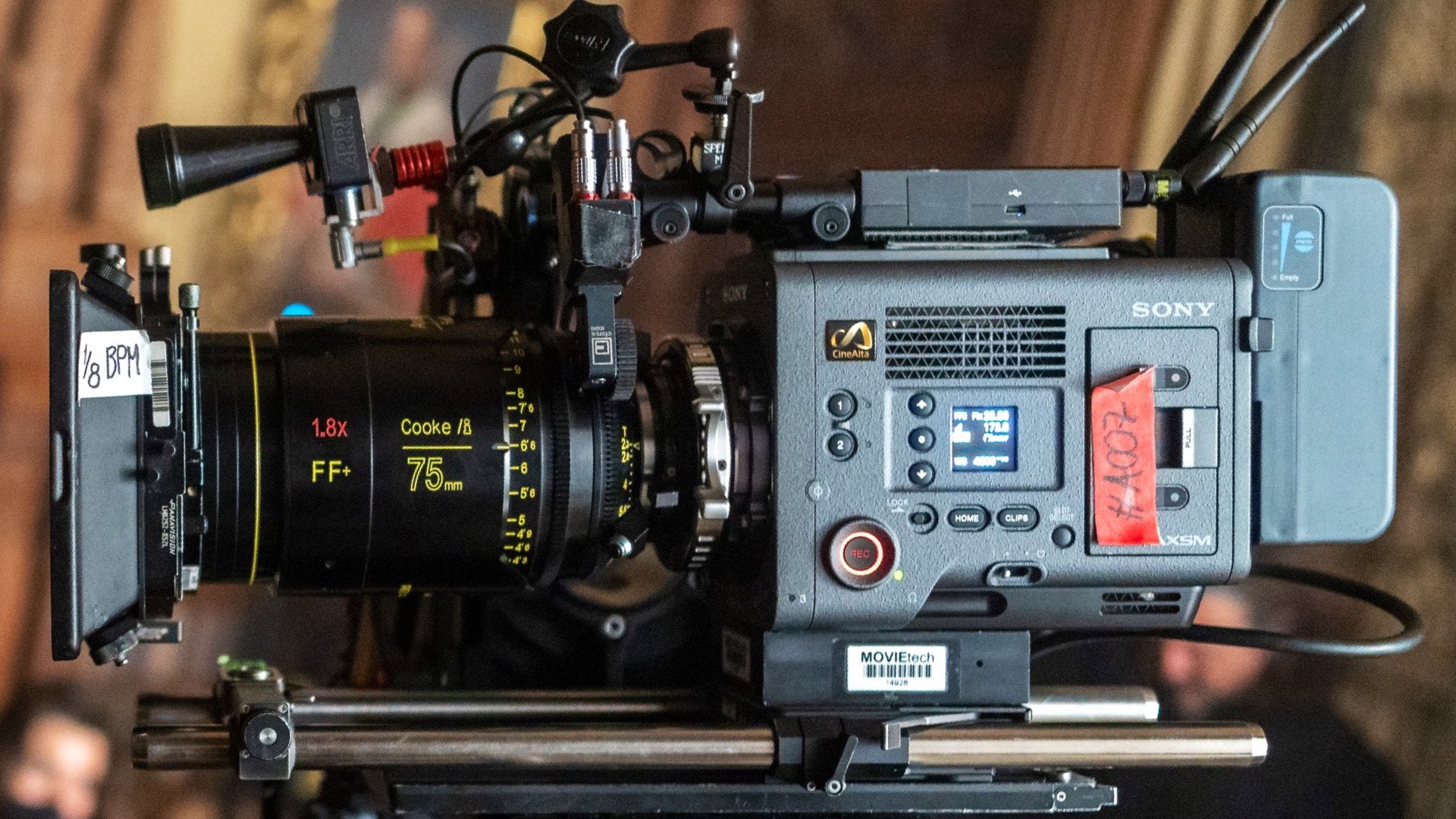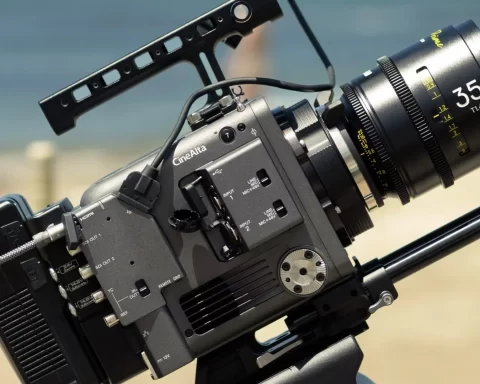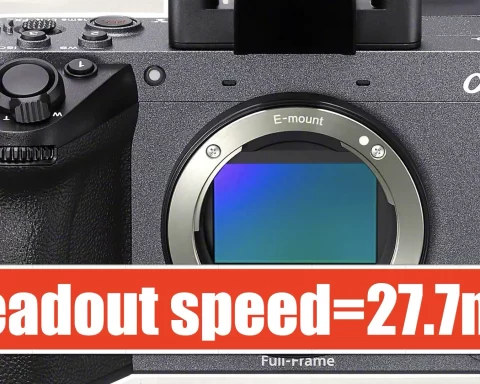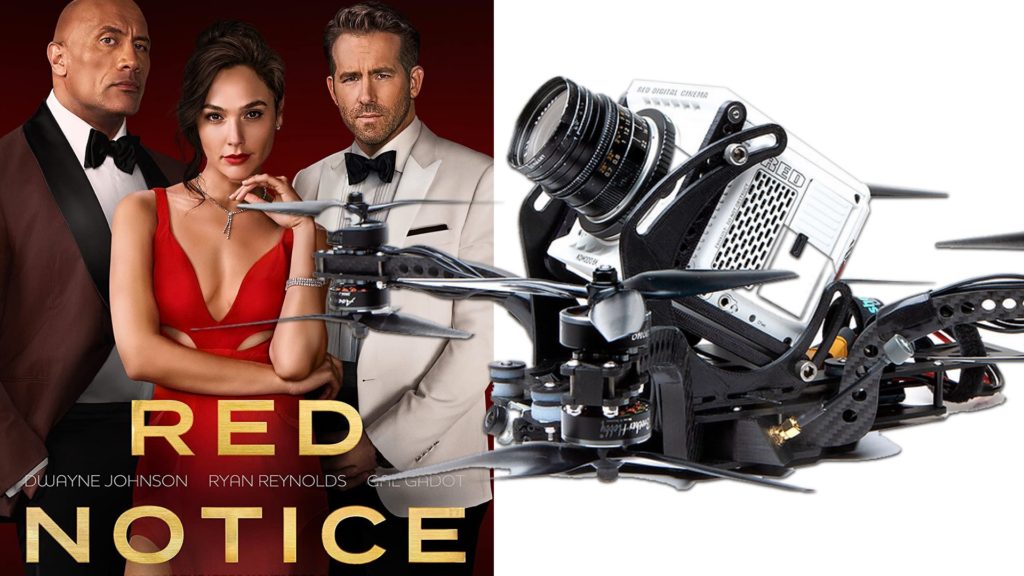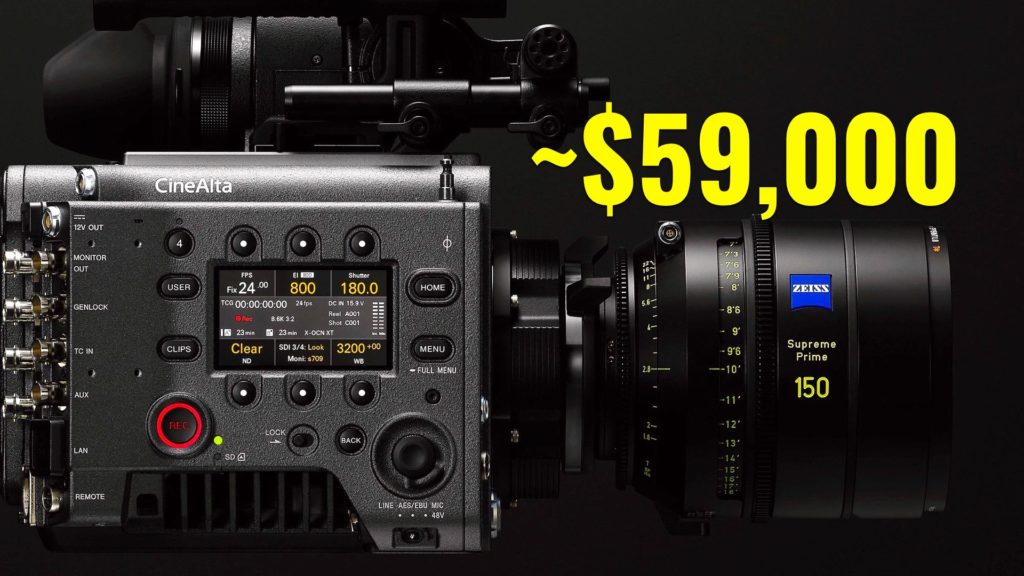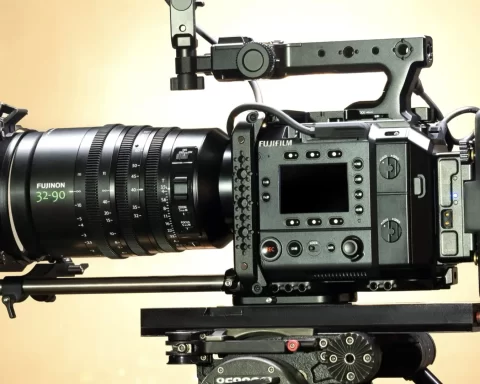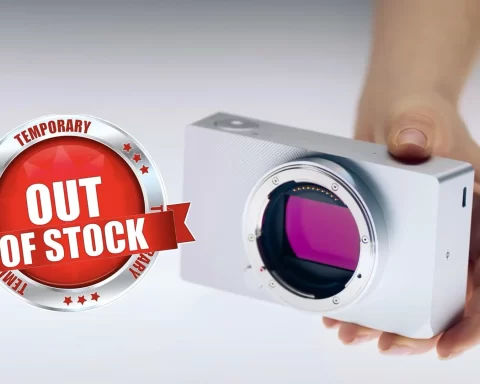Sony unveils its most advanced cinema camera to date. The flagship VENICE 2 owns a new 8.6K full-frame image sensor with 16 Stops of dynamic range, to capture clean shadows, rolling highlights, and natural skin tones. The VENICE 2 also features a compact body design, internal X-OCN recording, and the ability to interchange sensors between models to further enhance its operability and versatility.
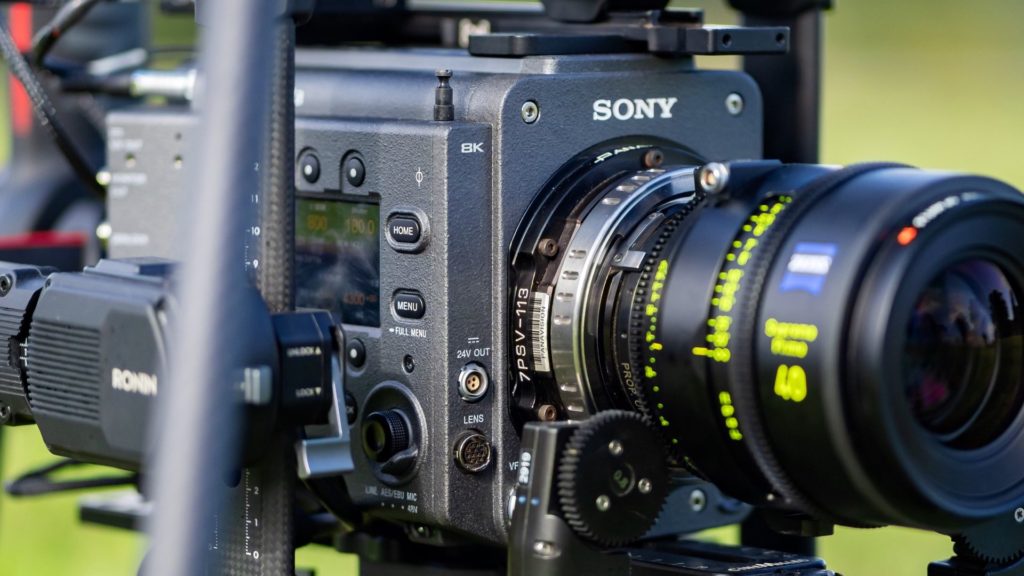
Sony VENICE 2
Today, Sony introduces VENICE 2, the new flagship model and the latest addition to its lineup of high-end digital cinema cameras. The VENICE 2 builds upon the strength of the original VENICE with new features including a compact design, internal recording, and the option for two different sensors: the newly developed full-frame 8.6K sensor or the original 6K VENICE sensor. The VENICE 2 also inherits popular features from the original VENICE including color science, Dual Base ISO, and 8-stops of built-in ND filters.
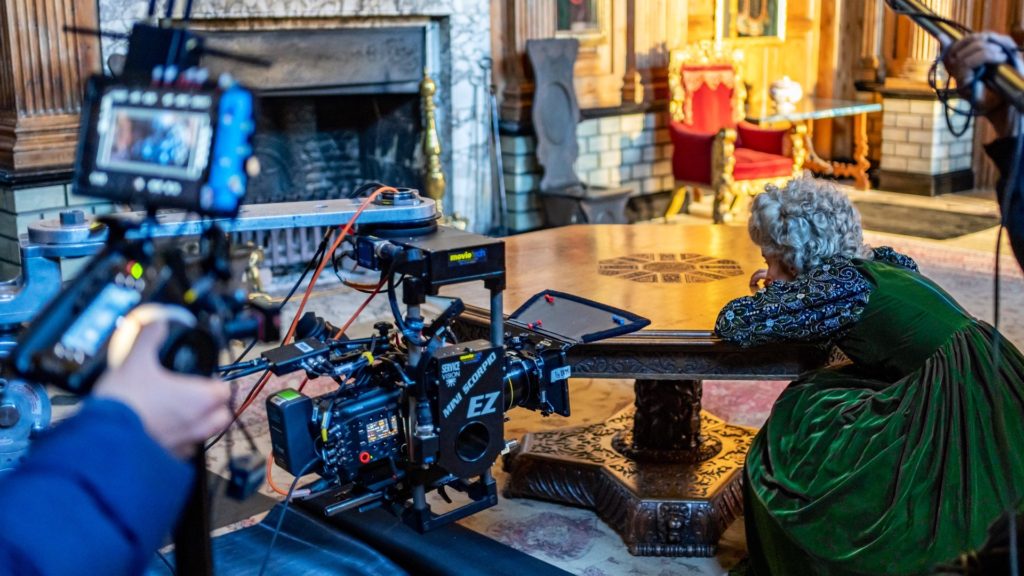
Paired with a newly-developed 8.6 K (8640 x 5760) full-frame CMOS sensor, the VENICE 2 offers elevated image quality with 16 stops of dynamic range.
VENICE 2 highlights
- Newly developed 8.6K image sensor
- X-OCN internal Recording
- 4K ProRes internal recording
- An evolved product compact design based on VENICE
- Almost same I/O and screw holes for accessories
- Lots of updates based on VENICE users’ voices
- High speed 6.6Gbps AXS card for 8K 60p recording
- Image sensor interchangeable
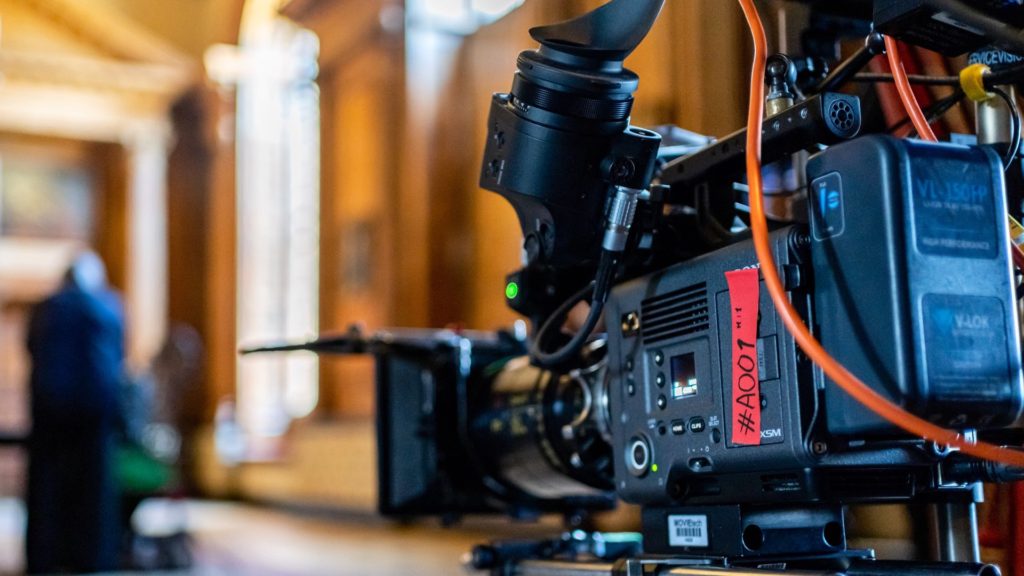
The VENICE 2 builds upon the strength of the original VENICE with new features including a compact design, internal recording, and the option for two different sensors: the newly developed full-frame 8.6K sensor or the original 6K VENICE sensor.
VENICE as a rising star
The Sony VENICE has been chosen by more and more acclaimed DPs due to its high degree of reliability and image quality. Sony makes digital cinema workhorses, and the VENICE is no exception. Since its launch in 2017, VENICE has been used to shoot more than 300 theatrical, broadcast, cable, and streaming releases. The X-OCN, dynamic range, accuracy regarding skin tones, highlight roll-off, and more imagery parameters, are produced beautifully by the VENICE. Moreover, the ability to disconnect the sensor from the camera has been heavily utilized in many high-end productions that needed this kind of advantage. In recent years, the VENICE constitutes as one of the leading cameras regarding the cinematography categories related to film contests like the Academy Awards, Golden Globe, film festivals, and even streaming services like Netflix. Now, Sony has decided to introduce a newer and more sophisticated version of the VENICE. The VENICE 2 includes many of the advantages of the first VENICE, and much more.
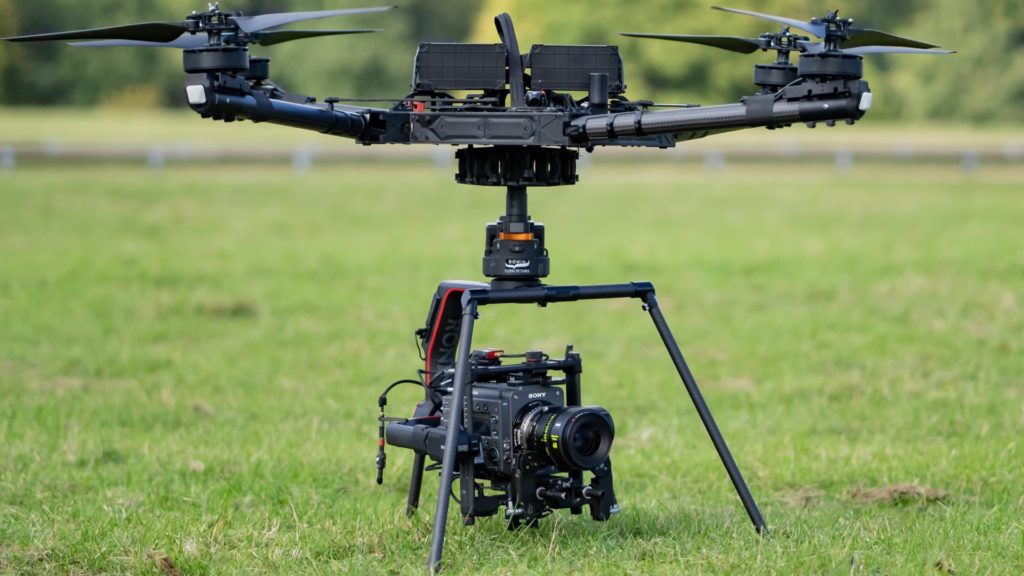
A new 8.6 K (8640 x 5760) full-frame CMOS sensor
Paired with a newly-developed 8.6 K (8640 x 5760) full-frame CMOS sensor, the VENICE 2 offers elevated image quality with 16 stops of dynamic range. The camera also inherits its color science from the original VENICE which is highly regarded for its natural skin tones. The VENICE 2 CineAlta camera has a unique dual base ISO of 800/3200 which allows filmmakers to capture clean, film-like images under a wide range of lighting conditions. It supports everything from full-frame, full-frame anamorphic to Super 35mm all at a minimum of 4K resolution.

Gathering feedback from cinematographers
According to Sony, in order to illustrate the strength of the VENICE 2 and its new 8.6K sensor, the company worked with the industry’s top cinematographers to test the camera’s image quality on two separate film shoots without using any professional movie lighting. Award-winning cinematographer Robert McLachlan ASC, CSC, who has worked on highly acclaimed productions Game of Throne (for which he received two Emmy nominations), Westworld, and Lovecraft Country, tested and filmed with the new 8.6K full-frame VENICE 2 in two countries and offered his reaction. “I really wish we’d had a large format, 8.6K sensor like Sony VENICE 2 on Game of Thrones. It would have made it feel even more epic and, at the same time, more engaging, thanks to the increased resolution, richness, and dimensionality. The increased speed, cleaner highlights, and shadows together with the potential for super-shallow depth of field would have been a huge asset.” McLachlan states.
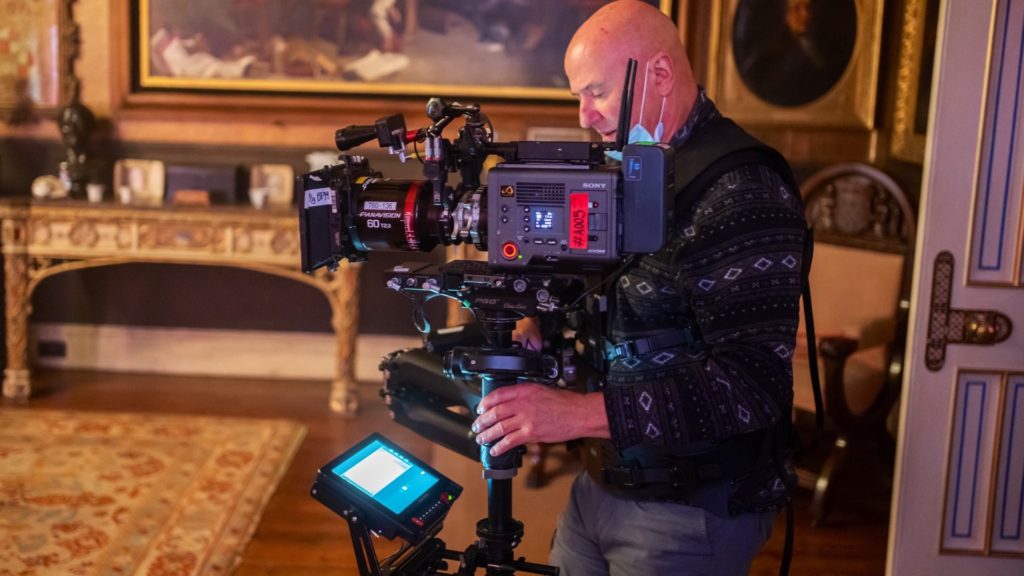
We also made the camera smaller and are offering internal recording to enable more creative freedom.
Sony
VENICE 2 vs. the first VENICE
Rob Hardy, BSC, the British cinematographer is known for his ground-breaking work on Mission Impossible: Fallout, Ex-Machina, DEVS, and winner of the BAFTA for cinematography for Boy A, amongst others, also commented: “I’m used to using the original VENICE and I would say, I am a pretty much an advocate of that camera. The opportunity to use this VENICE 2 is actually a really fantastic one. This is the first time I’ve ever used that larger sensor, the 8.6K and we were lucky enough to get some anamorphic lenses that were set for the full cinematic effect and that really utilized that whole sensor. The ISOs have been bumped up so that enables me to shoot at a higher speed in the low light levels which is something that wasn’t really an option before, and that’s the big gain for me.”
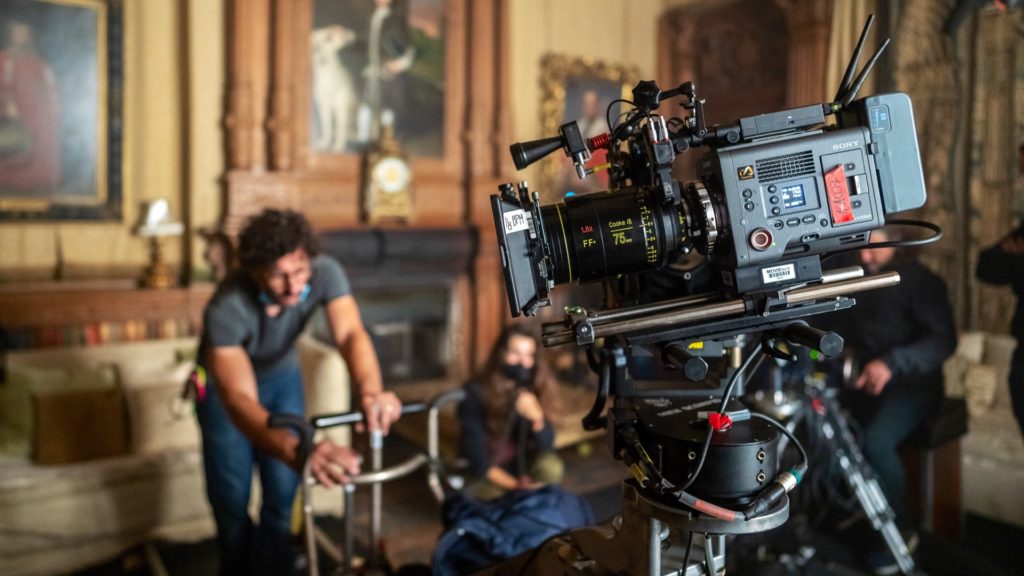
This is the first time I’ve ever used that larger sensor, the 8.6K and we were lucky enough to get some anamorphic lenses that were set for the full cinematic effect and that really utilized that whole sensor.
Rob Hardy, BSC
Sony: “We are taking the VENICE image quality to a new level”
”We are so pleased to have seen the success of the original VENICE over the last four years. Based on our conversations with cinematographers and production companies around the world, we recognized an opportunity to improve by leveraging many of our latest imaging and sensor technologies. By doing so, we are taking the VENICE image quality to a new level. We also made the camera smaller and are offering internal recording to enable more creative freedom: whether that means using the camera on drones, Steadicams, aerial gimbals- or underwater housings,” said Hiroshi Kajita, Head of Media Solutions, Sony Professional, Sony Europe.
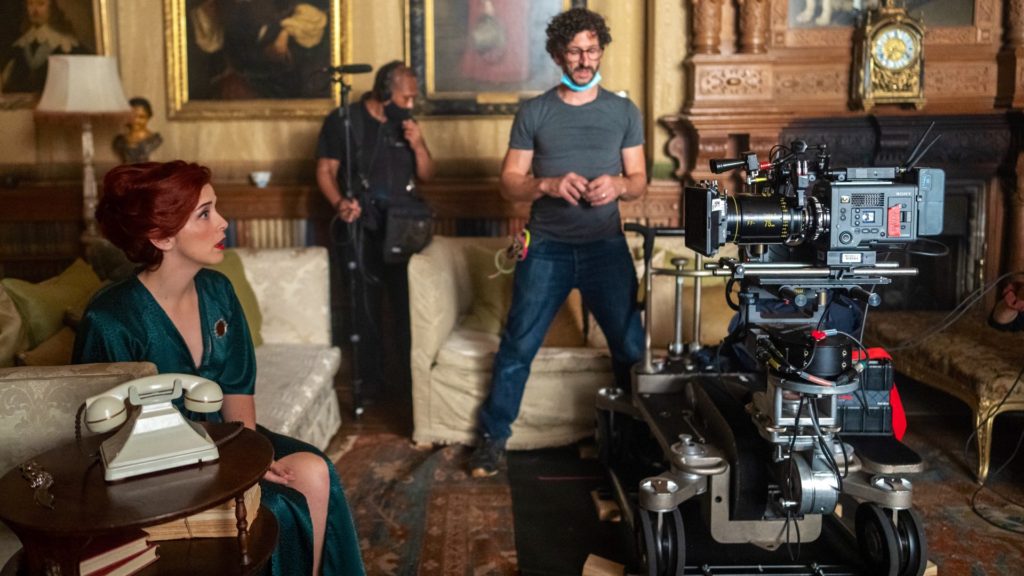
Despite being 44 mm smaller and approximately 10% lighter, the VENICE 2 chassis allows internal recording of X-OCN and Apple 4K Pro Res 4444 and 422HQ without the AXS-R7 recorder, offering advanced usability in a compact and lightweight body.
A smaller and more lightweight body
The VENICE 2 maintains many of the features which made the original VENICE a success including Dual Base ISO, 8-stops of built-in ND filters, compatibility with a wide range of lenses, including all PL mount and Sony’s native E-mount which enables adapters for a multitude of lenses. Thanks to direct feedback from the production community, the VENICE 2 was designed with a smaller and more lightweight body than the original VENICE while keeping its intuitive operability. Despite being 44 mm smaller and approximately 10% lighter, the VENICE 2 chassis allows internal recording of X-OCN and Apple 4K Pro Res 4444 and 422HQ without the AXS-R7 recorder, offering advanced usability in a compact and lightweight body.
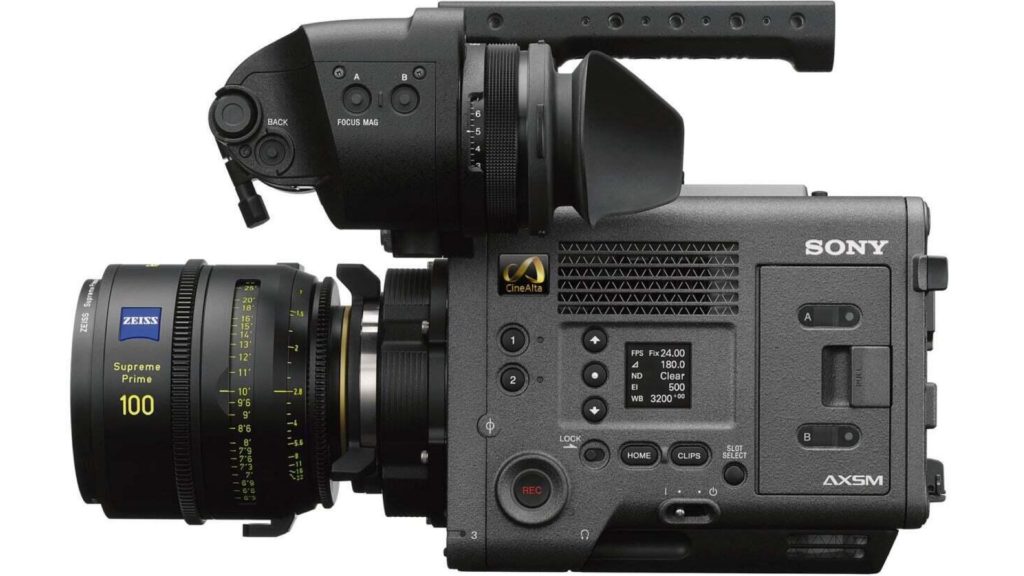
The slide below demonstrates the main difference between VENICE and VENICE 2. Notice that there’s no need for an external recorder on the VENICE 2. Also, explore the maximum frame rates of the VENICE 2.
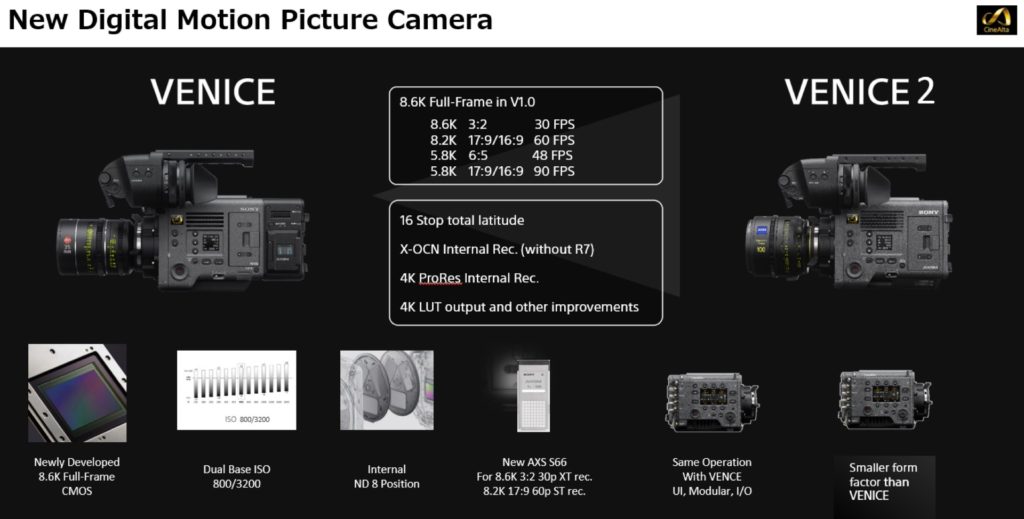
Enhanced usability with internal recording
The VENICE 2 body leverages new high-speed 6.6 Gbps AXS card AXS-A1TS66 for 8K 60p recording. Existing AXS Memory Card Readers including AXS-AR3 via Thunderbolt 3 interface are compatible with the new media. Additionally, the VENICE 2 user interface is the same as the original VENICE but incorporates improvements to make it easier and even more intuitive to use.
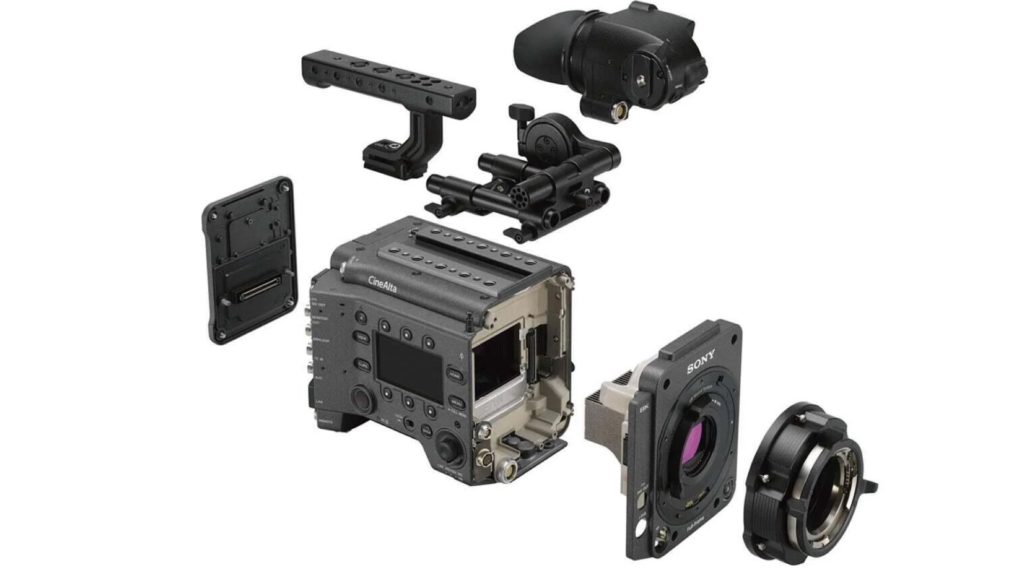
The camera offers an evolved product design while being compatible with almost all original VENICE accessories. The slide below demonstrates the very special capability of the VENICE 2 to utilize VENICE’s 6K sensor.
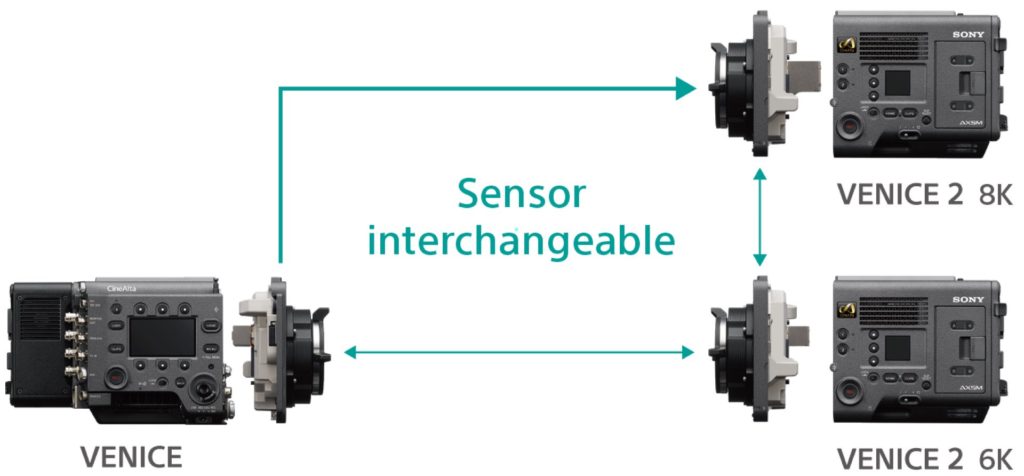
VENICE 2 6K can be used with the existing VENICE Extension System and a next-generation Extension System for VENICE 2 8K is planned to be released by early 2023.
Other updates to the VENICE 2
Other updates to the VENICE 2, based on the feedback from current VENICE users to enhance usability, include:
- 4K output with LUT applied
- Improved 3D LUT processing to improve picture quality
- EI changes directly applied to S-Log3 outputs
- LUT/ASC-CDL control via Ethernet/Wi-Fi
- Zoom to Fit (Full-Frame recording with 17:9/16:9 monitoring) operation
- Ethernet connector position changed to Camera Assistant side
- Lemo 2pin 12V output connector
- Internal microphone installed
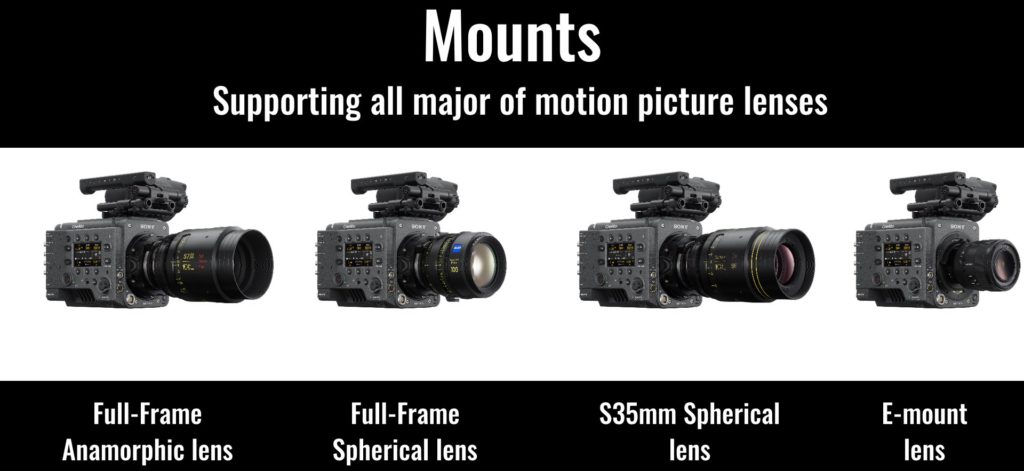
Price and availability
The VENICE 2 camera with an 8.6K image sensor is scheduled to start shipping in February 2022 and VENICE 2 camera with a pre-installed 6K image sensor in March 2022. In addition, the VENICE 2 6K can be used with the existing VENICE Extension System and a next-generation Extension System for VENICE 2 8K is planned to be released by early 2023. There’s no info regarding the price of the VENICE 2. However, we know that the VENICE 2 will have a higher price tag than the VENICE. Furthermore, there’s no change in the pricing of the first VENICE.
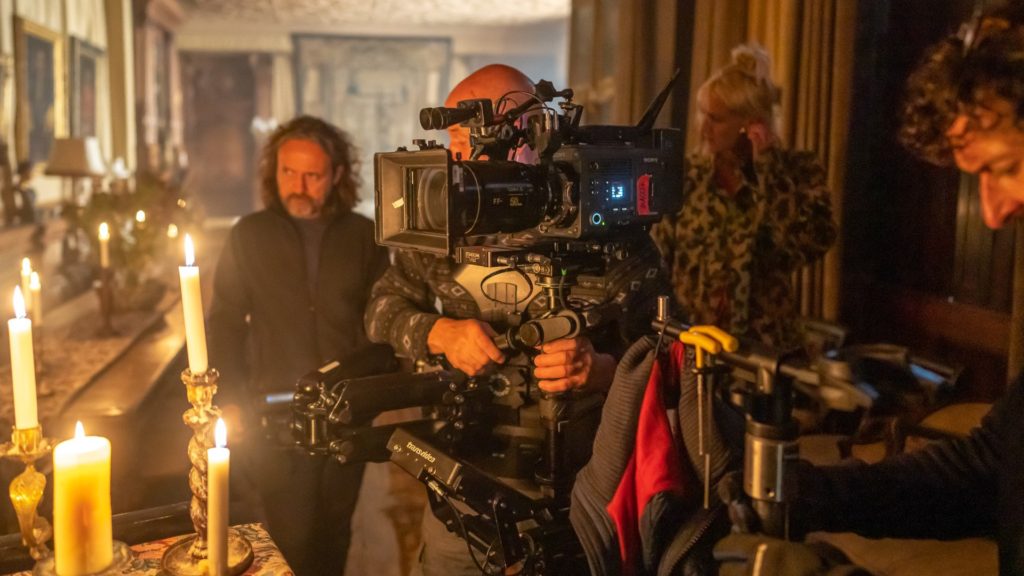
Final thoughts
The VENICE 2 seems like one of the most advanced cinema cameras to date. The VENICE’s strengths are image quality and reliability. The new VENICE allows a friendlier form factor, and of course, more resolution. Although the VENICE 2 doesn’t outperform regarding high frame rates, it has other specialties that significantly contribute to the filmmaking experience and content creation process. For instance, cinematographers can do magic with the next-generation Extension System for VENICE 2 8K. Also, the ability to switch sensors constitutes a special privilege for filmmakers. To sum it up, the VENICE 2 has a huge potential and we can’t wait to see how it delivers in the ‘real world’.
Product List
Here’re the products mentioned in the article, and the links to purchase them from authorized dealers.
- Sony VENICE 2 Digital Motion Picture Camera (8K)
- Sony VENICE 2 Digital Motion Picture Camera (6K)

